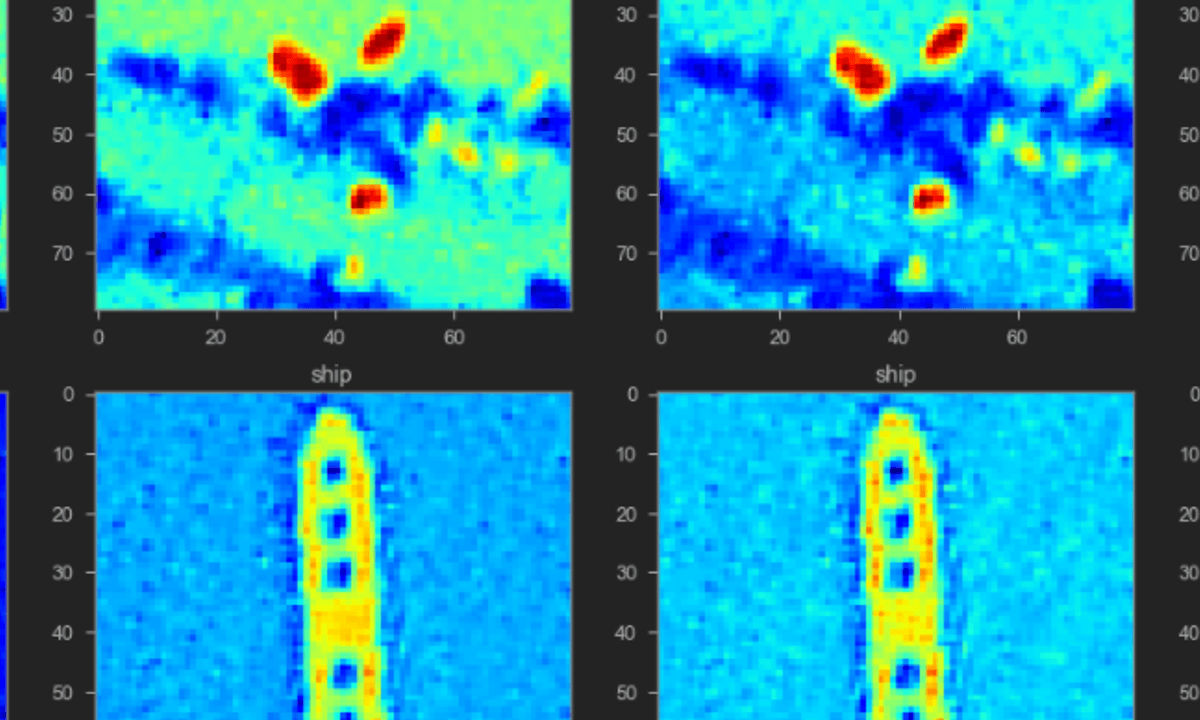GRATIS
Acerca de este curso
- Introduction and Overview
- This module provides an overall introduction to probabilistic graphical models, and defines a few of the key concepts that will be used later in the course.
- Bayesian Network (Directed Models)
- In this module, we define the Bayesian network representation and its semantics. We also analyze the relationship between the graph structure and the independence properties of a distribution represented over that graph. Finally, we give some practical tips on how to model a real-world situation as a Bayesian network.
- Template Models for Bayesian Networks
- In many cases, we need to model distributions that have a recurring structure. In this module, we describe representations for two such situations. One is temporal scenarios, where we want to model a probabilistic structure that holds constant over time; here, we use Hidden Markov Models, or, more generally, Dynamic Bayesian Networks. The other is aimed at scenarios that involve multiple similar entities, each of whose properties is governed by a similar model; here, we use Plate Models.
- Structured CPDs for Bayesian Networks
- A table-based representation of a CPD in a Bayesian network has a size that grows exponentially in the number of parents. There are a variety of other form of CPD that exploit some type of structure in the dependency model to allow for a much more compact representation. Here we describe a number of the ones most commonly used in practice.
- Markov Networks (Undirected Models)
- In this module, we describe Markov networks (also called Markov random fields): probabilistic graphical models based on an undirected graph representation. We discuss the representation of these models and their semantics. We also analyze the independence properties of distributions encoded by these graphs, and their relationship to the graph structure. We compare these independencies to those encoded by a Bayesian network, giving us some insight on which type of model is more suitable for which scenarios.
- Decision Making
- In this module, we discuss the task of decision making under uncertainty. We describe the framework of decision theory, including some aspects of utility functions. We then talk about how decision making scenarios can be encoded as a graphical model called an Influence Diagram, and how such models provide insight both into decision making and the value of information gathering.
- Knowledge Engineering & Summary
- This module provides an overview of graphical model representations and some of the real-world considerations when modeling a scenario as a graphical model. It also includes the course final exam.
Cursos relacionados

GRATIS Aprendiendo a aprender: Poderosas herramientas mentales…
Deep teaching solutions
Español

GRATIS Programación para todos (Introducción a Python)
University of Michigan
Inglés

GRATIS The Science of Well-Being
Yale
Inglés

GRATIS Negociación exitosa: Estrategias y habilidades esenciales
University of Michigan
Inglés

GRATIS Primeros Auxilios Psicológicos (PAP)
Universitat Autónoma de Barcelona
Español



